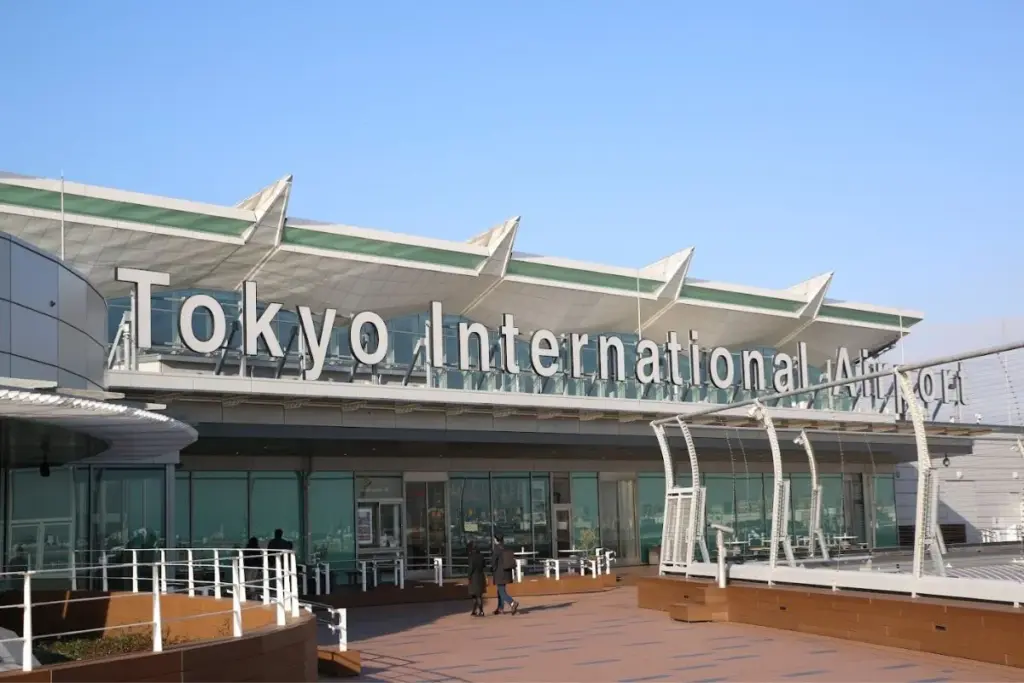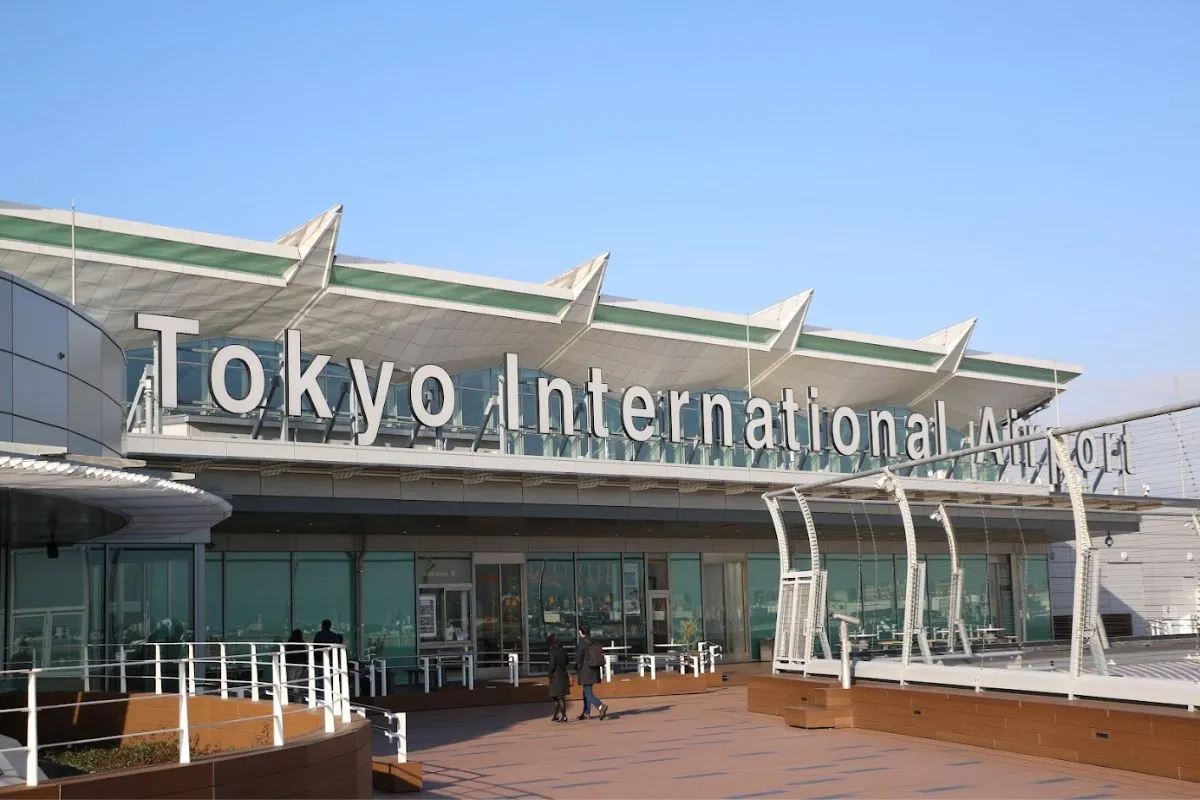
Navigating Tokyo Airports: A Comprehensive Guide to Narita and Haneda
Tokyo, a sprawling metropolis and a global hub for business and tourism, is served by two major international Tokyo airports: Narita (NRT) and Haneda (HND). Understanding the differences, transportation options, and amenities of each airport is crucial for a smooth and efficient travel experience. This comprehensive guide will provide you with everything you need to know to navigate Tokyo airports like a seasoned traveler.
Narita International Airport (NRT)
Narita International Airport, located approximately 60 kilometers (37 miles) east of central Tokyo, was once the primary international gateway to Japan. While Haneda has significantly increased its international capacity, Narita still handles a substantial number of international flights, particularly those from long-haul destinations. Understanding Narita is key to navigating Tokyo airports effectively.
Terminals at Narita
Narita Airport has three terminals: Terminal 1, Terminal 2, and Terminal 3. Each terminal caters to different airlines and alliances. It’s vital to confirm your departure or arrival terminal before heading to the airport. This is especially important when dealing with the complexities of Tokyo airports.
- Terminal 1: Primarily serves airlines belonging to the SkyTeam alliance, such as Delta Air Lines and Air France, as well as some independent carriers.
- Terminal 2: Home to airlines within the Oneworld alliance, including Japan Airlines (JAL) and American Airlines, and other independent airlines.
- Terminal 3: Primarily used by low-cost carriers (LCCs) like Jetstar Japan and Spring Japan.
Transportation to and from Narita
Getting to and from Narita Airport requires careful planning due to its distance from central Tokyo. However, several efficient transportation options are available, making the journey manageable. Knowing your options ensures a smooth transition through Tokyo airports.
- Narita Express (N’EX): A direct train service operated by JR (Japan Railways) that connects Narita Airport to major stations in Tokyo, including Tokyo Station, Shinjuku Station, and Shibuya Station. The journey takes approximately 60-90 minutes.
- Keisei Skyliner: Another direct train service that connects Narita Airport to Ueno Station in Tokyo. The Skyliner is known for its speed and comfort, with a journey time of around 40 minutes.
- Airport Limousine Bus: A comfortable and convenient bus service that connects Narita Airport to various hotels and transportation hubs throughout Tokyo. The journey time varies depending on traffic conditions.
- Taxi: Taxis are available at Narita Airport, but they are the most expensive option. The fare to central Tokyo can be quite high due to the distance.
- Private Transfers: Pre-booked private car services offer a door-to-door transportation solution, providing convenience and comfort, especially for families or groups.
Amenities at Narita
Narita Airport offers a wide range of amenities to cater to the needs of travelers, including duty-free shops, restaurants, currency exchange services, ATMs, and free Wi-Fi. The airport also has dedicated smoking areas and prayer rooms. Understanding these amenities can greatly improve your experience at Tokyo airports.
Haneda Airport (HND)
Haneda Airport, officially known as Tokyo International Airport, is located much closer to central Tokyo than Narita, making it a preferred choice for many travelers. Haneda has undergone significant expansion in recent years and now handles a large number of international flights, in addition to its extensive domestic network. Its proximity makes it a key player among Tokyo airports.
Terminals at Haneda
Haneda Airport has three terminals: Terminal 1, Terminal 2, and Terminal 3. Terminals 1 and 2 primarily handle domestic flights, while Terminal 3 is dedicated to international flights. Always double-check your terminal information. Navigating Tokyo airports requires attention to detail.
- Terminal 1: Primarily used by Japan Airlines (JAL) for domestic flights.
- Terminal 2: Primarily used by All Nippon Airways (ANA) for domestic flights.
- Terminal 3: Handles all international flights at Haneda Airport.
Transportation to and from Haneda
Getting to and from Haneda Airport is relatively easy due to its proximity to central Tokyo. Several convenient transportation options are available.
- Tokyo Monorail: Connects Haneda Airport to Hamamatsucho Station, where you can transfer to the JR Yamanote Line to reach other parts of Tokyo. The journey takes approximately 20 minutes.
- Keikyu Line: A private railway line that connects Haneda Airport to Shinagawa Station, providing access to the JR lines and other subway lines. The journey takes around 15 minutes.
- Airport Limousine Bus: Similar to Narita, the Airport Limousine Bus connects Haneda Airport to various hotels and transportation hubs throughout Tokyo.
- Taxi: Taxis are readily available at Haneda Airport, and the fare to central Tokyo is generally lower than from Narita.
- Private Transfers: Pre-booked private car services offer a convenient and comfortable option for transportation to and from Haneda Airport.
Amenities at Haneda
Haneda Airport boasts a wide array of amenities, including duty-free shops, restaurants, observation decks, and even a traditional Japanese-style shopping street called Edo Koji. Free Wi-Fi is also available throughout the airport. These amenities add to the appeal of Tokyo airports.
Choosing Between Narita and Haneda
The choice between flying into Narita or Haneda often depends on several factors, including your destination, airline preference, and budget. Haneda’s closer proximity to central Tokyo makes it a more convenient option for many travelers, but Narita may offer more flight options, especially for long-haul routes. Understanding these differences is crucial for navigating Tokyo airports.
Consider these points when making your decision:
- Location: Haneda is significantly closer to central Tokyo than Narita.
- Flight Options: Narita may offer more long-haul international flights.
- Transportation Costs: Transportation to and from Narita is generally more expensive than to and from Haneda.
- Convenience: Haneda’s closer proximity makes it a more convenient option for many travelers.
Tips for Navigating Tokyo Airports
Here are some helpful tips to ensure a smooth and stress-free experience at Tokyo airports:
- Check Your Terminal: Always confirm your departure or arrival terminal before heading to the airport.
- Allow Ample Time: Arrive at the airport at least 3 hours before your international flight to allow for check-in, security, and immigration.
- Purchase a Japan Rail Pass: If you plan to travel extensively throughout Japan by train, consider purchasing a Japan Rail Pass. [See also: Japan Rail Pass Guide]
- Learn Basic Japanese Phrases: Knowing a few basic Japanese phrases can be helpful, especially when communicating with airport staff or transportation providers.
- Utilize Airport Services: Take advantage of the various services offered at the airports, such as currency exchange, luggage storage, and information counters.
- Download Useful Apps: Download apps like Google Translate and Japan Official Travel App to help you navigate the airports and the city.
Conclusion
Navigating Tokyo airports, whether it’s Narita or Haneda, requires some planning and preparation. By understanding the differences between the two airports, the available transportation options, and the amenities offered, you can ensure a smooth and enjoyable travel experience. Remember to check your terminal information, allow ample time for check-in and security, and utilize the various services available at the airports. With a little preparation, you can confidently navigate Tokyo airports and start your journey off on the right foot. Both Tokyo airports offer unique experiences, making them integral parts of any trip to Japan. The efficiency and convenience of Tokyo airports are a testament to Japan’s commitment to providing world-class infrastructure. The next time you travel through Tokyo airports, take a moment to appreciate the intricate planning and attention to detail that goes into making them such seamless and efficient travel hubs. Planning your trip through Tokyo airports ahead of time can alleviate a lot of stress. Many resources are available online to help travelers navigate Tokyo airports with ease. Knowing the layout of Tokyo airports can save you valuable time. Finally, remember that the staff at both Tokyo airports are generally very helpful and willing to assist you with any questions or concerns you may have.

